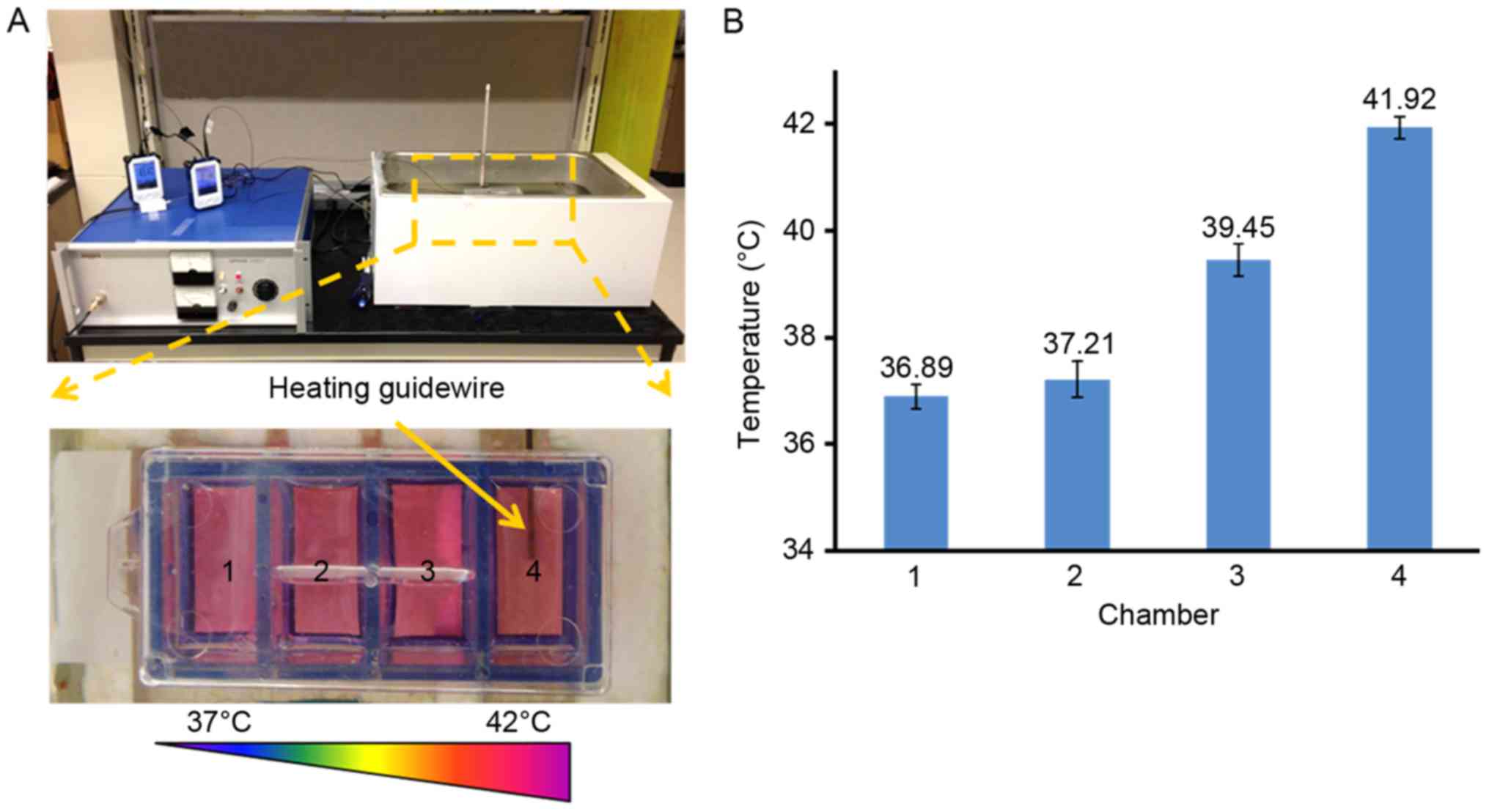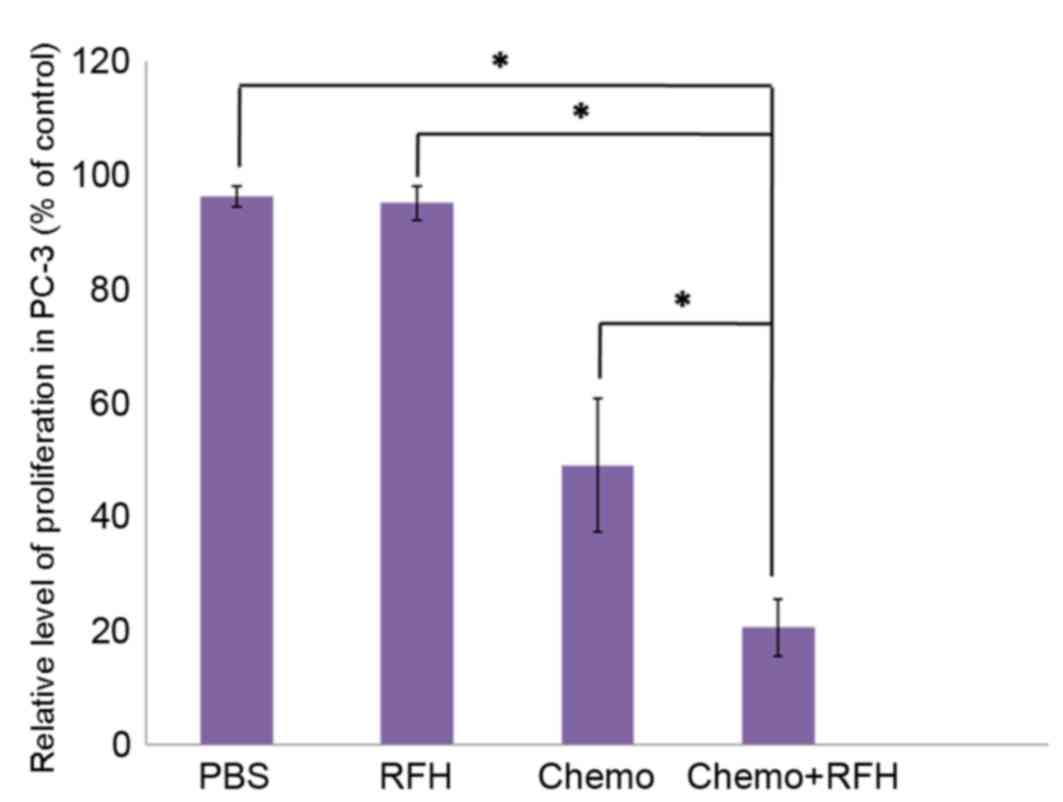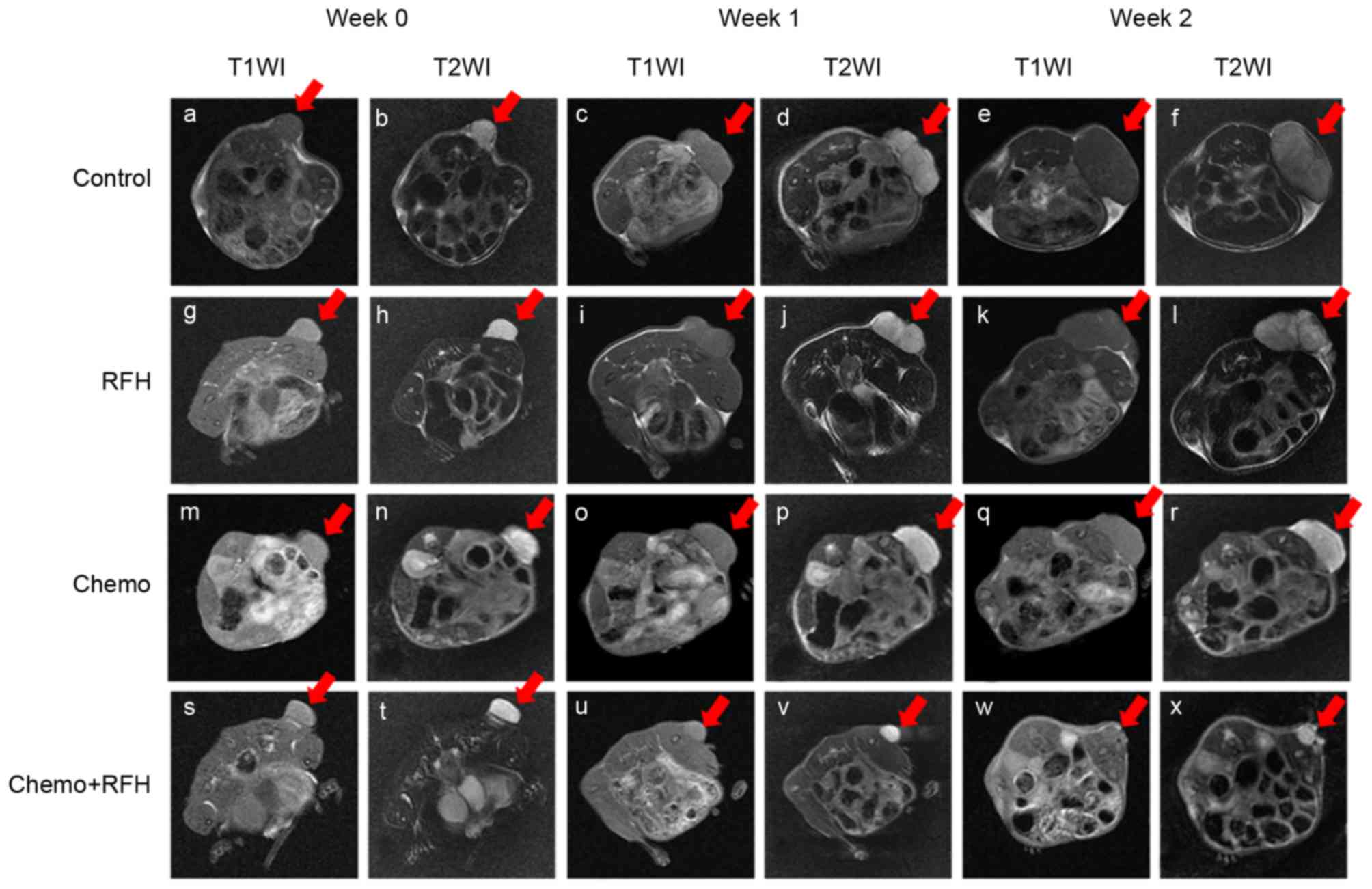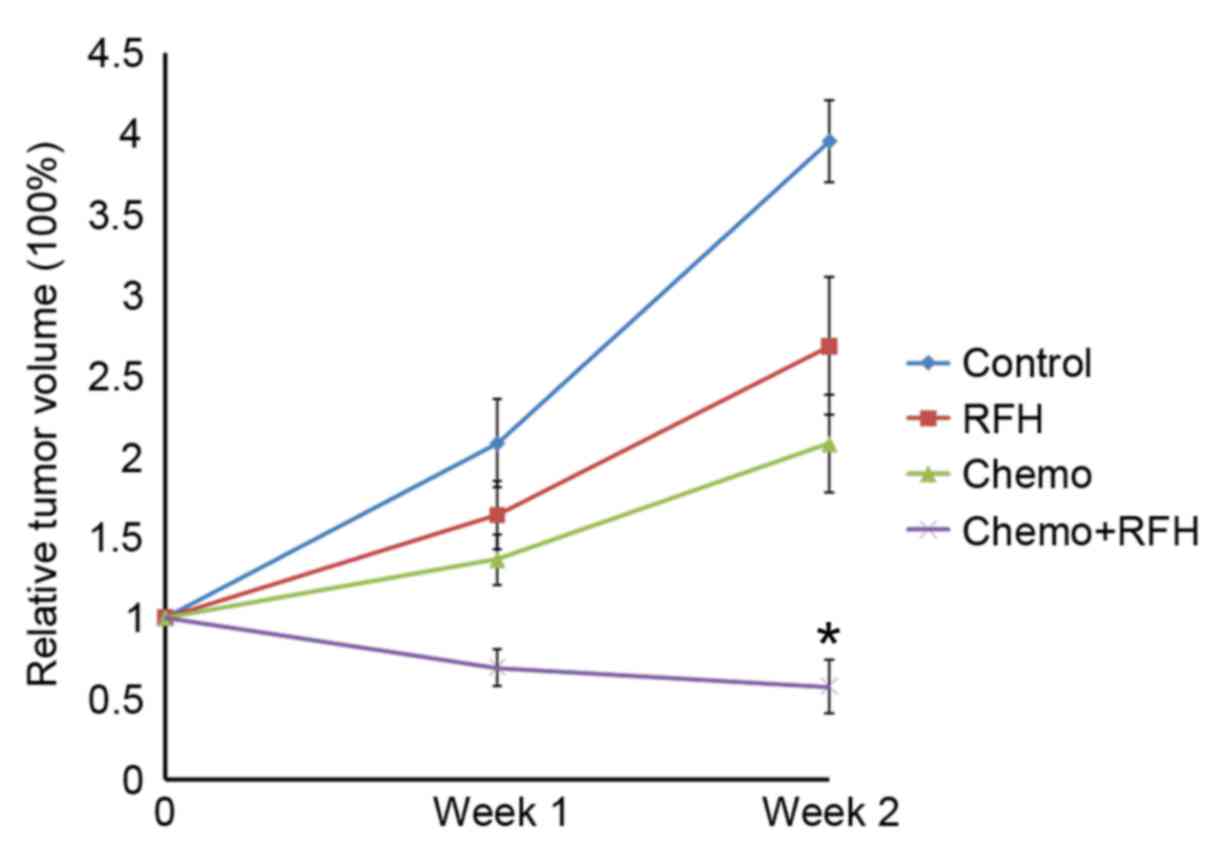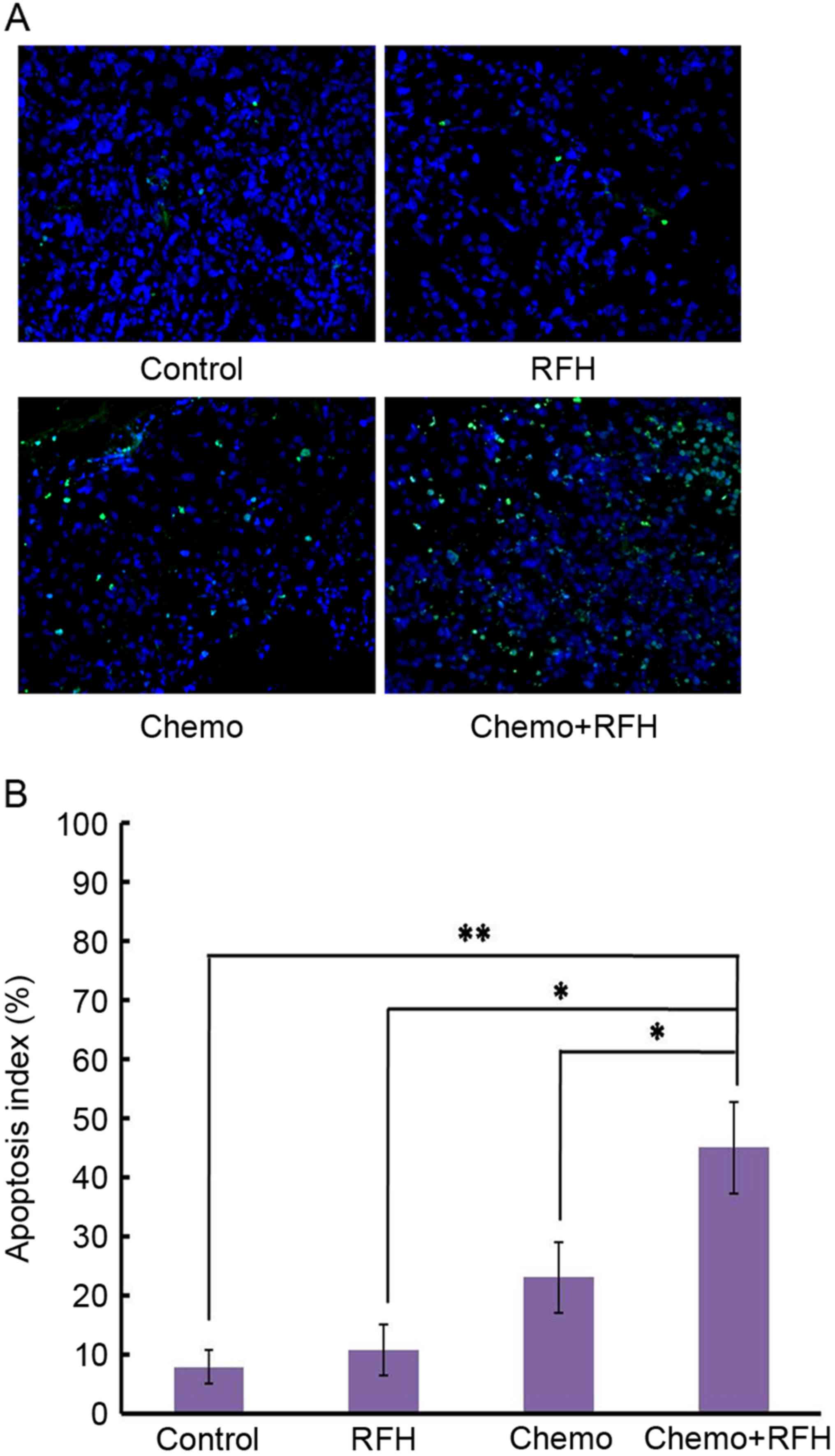|
1
|
Wolff RF, Ryder S, Bossi A, Briganti A,
Crook J, Henry A, Karnes J, Potters L, de Reijke T, Stone N, et al:
A systematic review of randomised controlled trials of radiotherapy
for localised prostate cancer. Eur J Cancer. 51:2345–2367. 2015.
View Article : Google Scholar : PubMed/NCBI
|
|
2
|
Cuzick J, Thorat MA, Andriole G, Brawley
OW, Brown PH, Culig Z, Eeles RA, Ford LG, Hamdy FC, Holmberg L, et
al: Prevention and early detection of prostate cancer. Lancet
Oncol. 15:e484–e492. 2014. View Article : Google Scholar : PubMed/NCBI
|
|
3
|
Litwin MS and Tan HJ: The diagnosis and
treatment of prostate cancer: A reviwe. JAMA. 317:2532–2542. 2017.
View Article : Google Scholar : PubMed/NCBI
|
|
4
|
Polascik TJ, Mayes JM, Sun L, Madden JF,
Moul JW and Mouraviev V: Pathologic stage T2a and T2b prostate
cancer in the recent prostate-specific antigen era: Implications
for unilateral ablative therapy. Prostate. 68:1380–1386. 2008.
View Article : Google Scholar : PubMed/NCBI
|
|
5
|
Stattin P, Holmberg E, Johansson JE,
Holmberg L, Adolfsson J and Hugosson J: National prostate cancer
register (NPCR) of Sweden: Outcomes in localized prostate cancer:
National prostate cancer register of Sweden follow-up study. J Natl
Cancer Inst. 102:950–958. 2010. View Article : Google Scholar : PubMed/NCBI
|
|
6
|
Heidenreich A, Bastian PJ, Bellmunt J,
Bolla M, Joniau S, van der Kwast T, Mason M, Matveev V, Wiegel T,
Zattoni F, et al: EAU guidelines on prostate cancer. Part II:
Treatment of advanced, relapsing, and castration-resistant prostate
cancer. Eur Urol. 65:467–479. 2014. View Article : Google Scholar : PubMed/NCBI
|
|
7
|
Wu X, Zhang F, Chen R, Zheng W and Yang X:
Recent advances in imaging-guided interventions for prostate
cancers. Cancer Lett. 349:114–119. 2014. View Article : Google Scholar : PubMed/NCBI
|
|
8
|
Olive KP, Jacobetz MA, Davidson CJ,
Gopinathan A, McIntyre D, Honess D, Madhu B, Goldgraben MA,
Caldwell ME, Allard D, et al: Inhibition of Hedgehog signaling
enhances delivery of chemotherapy in a mouse model of pancreatic
cancer. Science. 324:1457–1461. 2009. View Article : Google Scholar : PubMed/NCBI
|
|
9
|
Coleman JA and Scardino PT: Targeted
prostate cancer ablation: Energy options. Curr Opin Urol.
23:123–128. 2013. View Article : Google Scholar : PubMed/NCBI
|
|
10
|
Zhang F, Le T, Wu X, Wang H, Zhang T, Meng
Y, Wei B, Soriano SS, Willis P, Kolokythas O and Yang X:
Intrabiliary RF heat-enhanced local chemotherapy of a
cholangiocarcinoma cell line: Monitoring with dual-modality
imaging-preclinical study. Radiology. 270:400–408. 2014. View Article : Google Scholar : PubMed/NCBI
|
|
11
|
Zhang T, Zhang F, Meng Y, Wang H, Le T,
Wei B, Lee D, Willis P, Shen B and Yang X: Diffusion-weighted MRI
monitoring of pancreatic cancer response to radiofrequency
heat-enhanced intratumor chemotherapy. NMR Biomed. 26:1762–1267.
2013. View
Article : Google Scholar : PubMed/NCBI
|
|
12
|
Owusu RA, Abern MR and Inman BA:
Hyperthermia as adjunct to intravesical chemotherapy for bladder
cancer. Biomed Res Int. 2013:2623132013. View Article : Google Scholar : PubMed/NCBI
|
|
13
|
Neto Serpa A, Tobias-Machado M, Kaliks R,
Wroclawski ML, Pompeo AC and Del Giglio A: Ten years of
docetaxel-based therapies in prostate adenocarcinoma: A systematic
review and meta-analysis of 2244 patients in 12 randomized
cliniical trials. Clin Genitourin Cancer. 9:115–123. 2011.
View Article : Google Scholar : PubMed/NCBI
|
|
14
|
Zhou Y, Han G, Wang Y, Hu X, Li Z, Chen L,
Bai W, Luo J, Zhang Y, Sun J and Yang X: Radiofrequency
heat-enhanced chemotherapy for breast cancer: Towards
interventional molecular image-guided chemotherapy. Theranostics.
4:1145–1152. 2014. View Article : Google Scholar : PubMed/NCBI
|
|
15
|
Morikawa Y, Koike H, Sekine Y, Matsui H,
Shibata Y, Ito K and Suzuki K: Rapamycin enhances docetaxel-induced
cytotoxicity in a androgen-independent prostate cancer xenograft
model by survivin downregulation. Biochem Biophys Res Commun.
419:584–589. 2012. View Article : Google Scholar : PubMed/NCBI
|
|
16
|
Williams JF, Muenchen HJ, Kamradt JM,
Korenchuk S and Pienta KJ: Treatment of androgen-independent
prostate cancer using antimicrotubule agents docetaxel and
estramustine in combination: An experimental study. Prostate.
44:275–278. 2000. View Article : Google Scholar : PubMed/NCBI
|
|
17
|
Kellokumpu-Lehtinen PL, Hjälm-Eriksson M,
Thellenberg-Karlsson C, Åström L, Franzen L, Marttila T, Seke M,
Taalikka M and Ginman C: SPCG-13: Toxicity in patients receiving
adjuvant docetaxel + hormonal treatment after radical radiotherapy
for intermediate or high-risk prostate cancer: A preplanned safety
report of the SPCG-13 trial. Prostate Cancer Prostatic Dis.
15:303–307. 2012. View Article : Google Scholar : PubMed/NCBI
|
|
18
|
Johannsen M, Thiesen B, Wust P and Jordan
A: Magnetic nanoparticle hyperthermia for prostate cancer. Int J
Hyperthemia. 26:790–795. 2010. View Article : Google Scholar
|
|
19
|
Kim KW, Chow O, Parikh K, Blank S, Jibara
G, Kadri H, Labow DM and Hiotis SP: Peritoneal carcinomatosis in
patients with gastric cancer, and the role for surgical resection,
cytoreductive surgery, and hyperthermic intraperitoneal
chemotherapy. Am J Surg. 207:78–83. 2014. View Article : Google Scholar : PubMed/NCBI
|
|
20
|
Ahmed M, Brace CL, Lee FT Jr and Goldberg
SN: Principles of and advances in percutaneous ablation. Radiology.
258:351–369. 2011. View Article : Google Scholar : PubMed/NCBI
|
|
21
|
Madio DP, van Gelderen P, DesPres D, Olson
AW, de Zwart JA, Fawcett TW, Holbrook NJ, Mandel M and Moonen CT:
On the feasibility of MRI-guided focused ultrasound for local
induction of gene expression. J Magn Reson Imaging. 8:101–104.
1998. View Article : Google Scholar : PubMed/NCBI
|
|
22
|
Wei Z, Ye X, Yang X, Zheng A, Huang G, Li
W, Ni X, Wang J and Han X: Microwave ablation in combination with
chemotherapy for the treatment of advanced non-small cell lung
cancer. Cardiovasc Intervent Radiol. 38:135–142. 2015. View Article : Google Scholar : PubMed/NCBI
|



